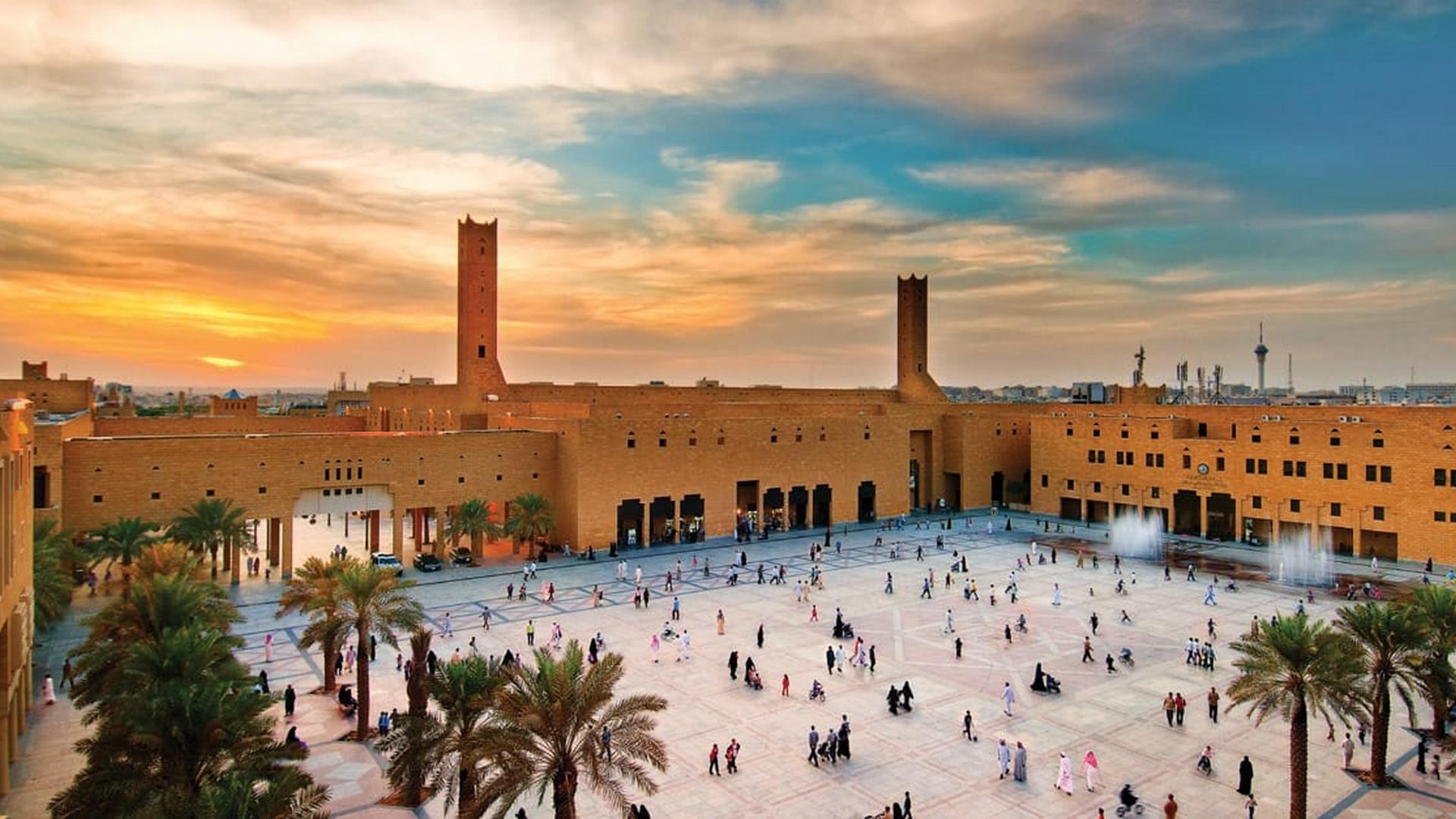Description
Property Name: Imam Turki Bin Abdullah Grand Mosque
Inventory No: –
Date of infill of the inventory form: 2020
Country (State party): Saudi Arabia
Province: Riyadh
Town: Riyadh
Geographic coordinates: 24°37’50.14″ N
46°42’37.53″ E
Historic Period: 21st Century
Year of Construction: 1992
Style: –
Original Use: Mosque
Current Use: Mosque
Architect: Rasem Badran – Dar Al Omran
Significance
It was built on a land called Naqaa located in the middle of Riyadh, where Imam Turki bin Abdullah, may God have mercy on him, ordered the establishment of a mosque that was later named after him and Sheikh Abdul Rahman bin Hassan Al Sheikh was appointed to it. He took into account its proximity to several neighborhoods in addition to its proximity to the Palace of Government and made it a scientific institution on It is similar to what was in the first Saudi state. It was the custom of Imam Turki when he prays Friday in the Great Mosque to leave the door that is located south of the mihrab, and he prepared this door in the qiblah of the mosque for entering and exiting. These additions were made during his reign from 1241 to 1249 AH (1826-1834). Then his son, Imam Faisal bin Turki, came after him in 1259 AH, so he rebuilt the mosque and increased its capacity from the eastern and western sides of it and introduced into its courtyards Islamic motifs that were not known in Najd at the time. And he placed an upper passage between this mosque and the palace of government, as well as new courses for it. He made a long, covered and carried corridor on a number of columns to be connected between the mosque and the Palace of Government, where the traveler “Belgrave” described it as a large mosque with a flat surface of parallelograms.
It is based on square wooden pillars and accommodates more than two thousand worshipers at one time. It has an external courtyard that can accommodate more than two thousand as well, free from decoration or any other aesthetic appearance. It has a short lighthouse built on the roof of the mosque and directly above the mihrab. He increased it and linked the mosque to the Al-Hakam Palace via a bridge that contributes to easy access to the mosque at times of most interested prayers and gatherings, especially for the king, then King Saud has continued his interest in the mosque and increased its architecture and he ordered the renewal of its furniture and lights, and it increased its area significantly, and it was expanded by including land adjacent to it, and the mosque was built during those ancient periods of those kings with traditional building materials of mud and dried milk, and its roofs made of palm tree trunks and stone sharks. Then, the care of this mosque continued during the reign of King Faisal and Khaled through modern construction.
Selection Criteria
i. to represent a masterpiece of human creative genius
iv. to be an outstanding example of a type of building, architectural or technological ensemble or landscape which illustrates (a) significant stage(s) in human history
vi. to be directly or tangibly associated with events or living traditions, with ideas, or with beliefs, with artistic and literary works of outstanding universal significance
State of Preservation
Well preserved
References
Commission of Tourism and Heritage


